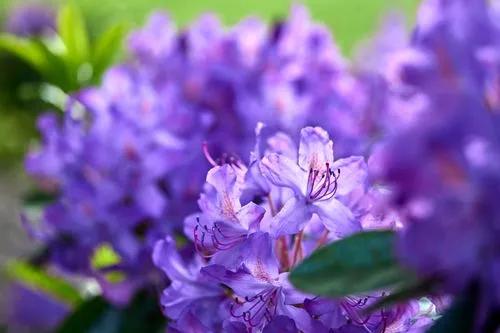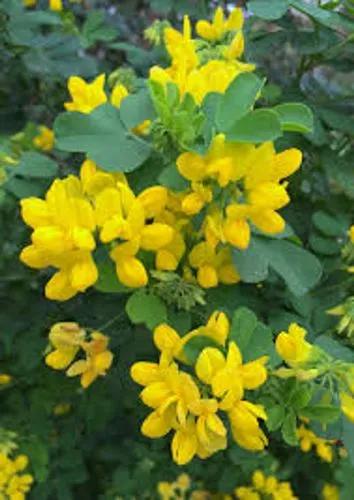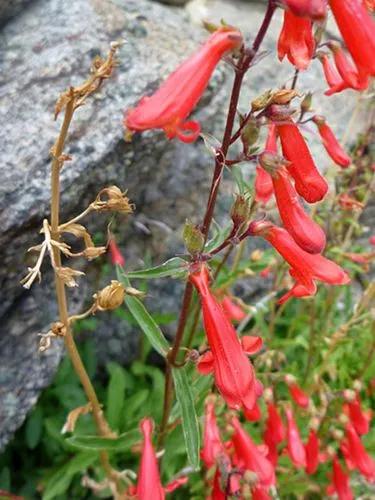Triumfettii, the squarrose knapweed, is a species of plant belonging to the genus Centaurea of the family Asteraceae. The squarrose knapweed is an herbaceous perennial plant. This plant grows to a height of about 30–60 centimetres (12–24 in). The leaves are undivided and narrow-lanceolate. The period of flowering is from May until August. The inner flowers are bright purple, the outer ones are azure blue or deep mauve.
Squarrose Knapweed Care
Cyanus Triumfettii



How to Care for the Plant

Fertilizer

Fertilizer and other supplies ordered apart from plant orders are typically shipped within 5 business days

Soil

Squarrose knapweed prefers coarse, well drained soils on sites with cold winters and dry, hot summers. It is tolerant of alkaline soils and summer drought. Prevention: Seeds can be dispersed in soil, hay, animal hair/fur or by plants caught in vehicles.

Additional

Unlike Canada thistle for which it can be mistaken, Russian knapweed has no spines or prickles. Affected horses are unable to prehend and chew their food. Squarrose knapweed is a long-lived perennial with highly branched stems that grow one to three feet tall. The stems grow above a woody crown and stout taproot. Under unfa- vorable conditions, the plants remain as basal rosettes be- fore developing flowering stems. Squarrose knapweed re- produces by seed.

Popularity

28 people already have this plant 19 people have added this plant to their wishlists
Discover more plants with the list below
Popular articles






